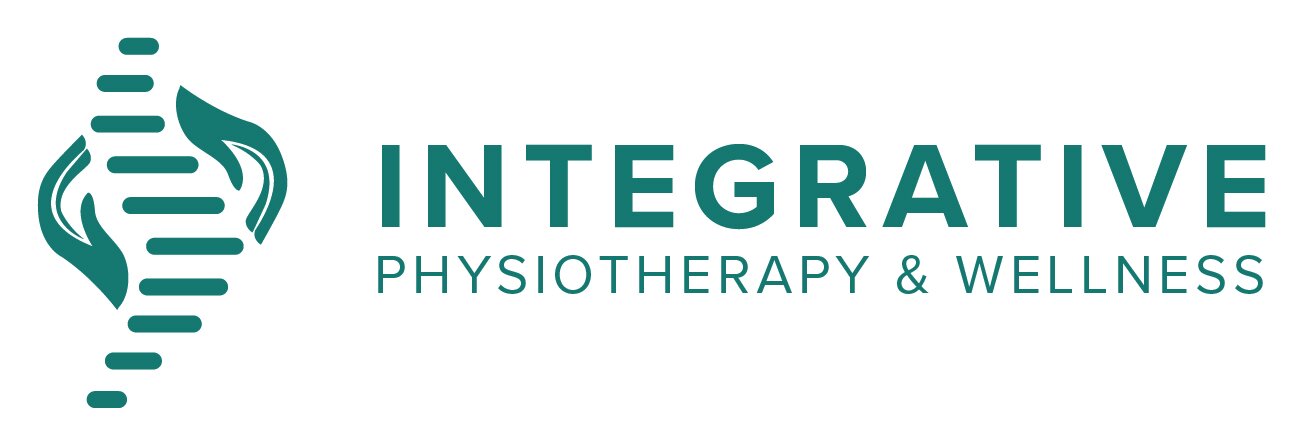Shin Splints
What are shin splints?
A very common name, which is quite popular among athletes. It is also known as MTSS - Medial Tibial Stress Syndrome. An exercise-induced pain condition, characterized by pain over the anterior tibia due to repetitive stresses while weight-bearing activities like running and jumping. The pain in the tibia is secondary to the inflammation of the periosteum.
Two theories from the literature describe the pathophysiology of MTSS:
Traction forces on the periosteum from the tibialis posterior or soleus, increase strain on the periosteum.
Repetitive stress on the tibia causes microdamage, more prominent than the repair process to the bone.
Risk Factors:
The incidences of shin splints in runners are 13-20%, up to 35% in military recruits, and 20% in dancers. According to a survey, female athletes or dancers are more prone to get shin splints than men.
Contributing factors causing Shin splints:
Flat feet
Tight calf muscles
Higher BMI
Aging footwear
Running on uneven or hard surfaces
Sudden increased running intensity
Previous history of MTSS/shin splint
Clinical presentation:
Diffused, palpable pain on the posteromedial border of the tibia
Pain provoked by physical activity like, running jumping
Pain relief with rest
Reduced activity tolerance
Physiotherapy Management
Conservative management via physiotherapy includes various strategies to resolve symptoms.
Patient education: It is important to educate patients about this condition and suggest they avoid or reduce loading activities for pain relief. Discussion about the time period of recovery gives them the certainty of results from physiotherapy treatment.
Manual therapy: It is useful for controlling several biomechanical abnormalities in the spine, ankle, and various muscle imbalances.
Exercise therapy: Graded loading programs for Plantar-flexors benefit bony overload injuries like shin splints. Also, plantar flexor strengthening including concentric and eccentric types helps to gradually build up gradual strength to reduce dysfunctions.
Supports like, Ankle braces, orthotics, and shoes with good shock absorption help to prevent re-injuries.
Written by: Anjali Patel. Registered Physiotherapist Resident. Orthopaedic Physiotherapist. Concussion Management
Integrative Physiotherapy, Empowering Patients with Personalized Care.
Integrative Physiotherapy is a Barrie-based clinic that believes in a one-on-one patient-centered, manual therapy (hands-on) approach to physiotherapy. We aim to empower our patients by providing quality care that is personalized to each patient in an interactive and friendly manner. Through the use of the best available treatment techniques, we aim to provide exceptional care so that each patient feels engaged and motivated.
Our therapists are continually upgrading their skills and taking time to provide comprehensive assessment and treatment techniques that are always one on one without the use of assistants or double booking patients to make sure that you achieve your functional and sports goals as soon as possible.
Our therapists would be happy to help you to achieve your goals, get in touch to schedule your appointment. Don’t let pain ruin your day!

